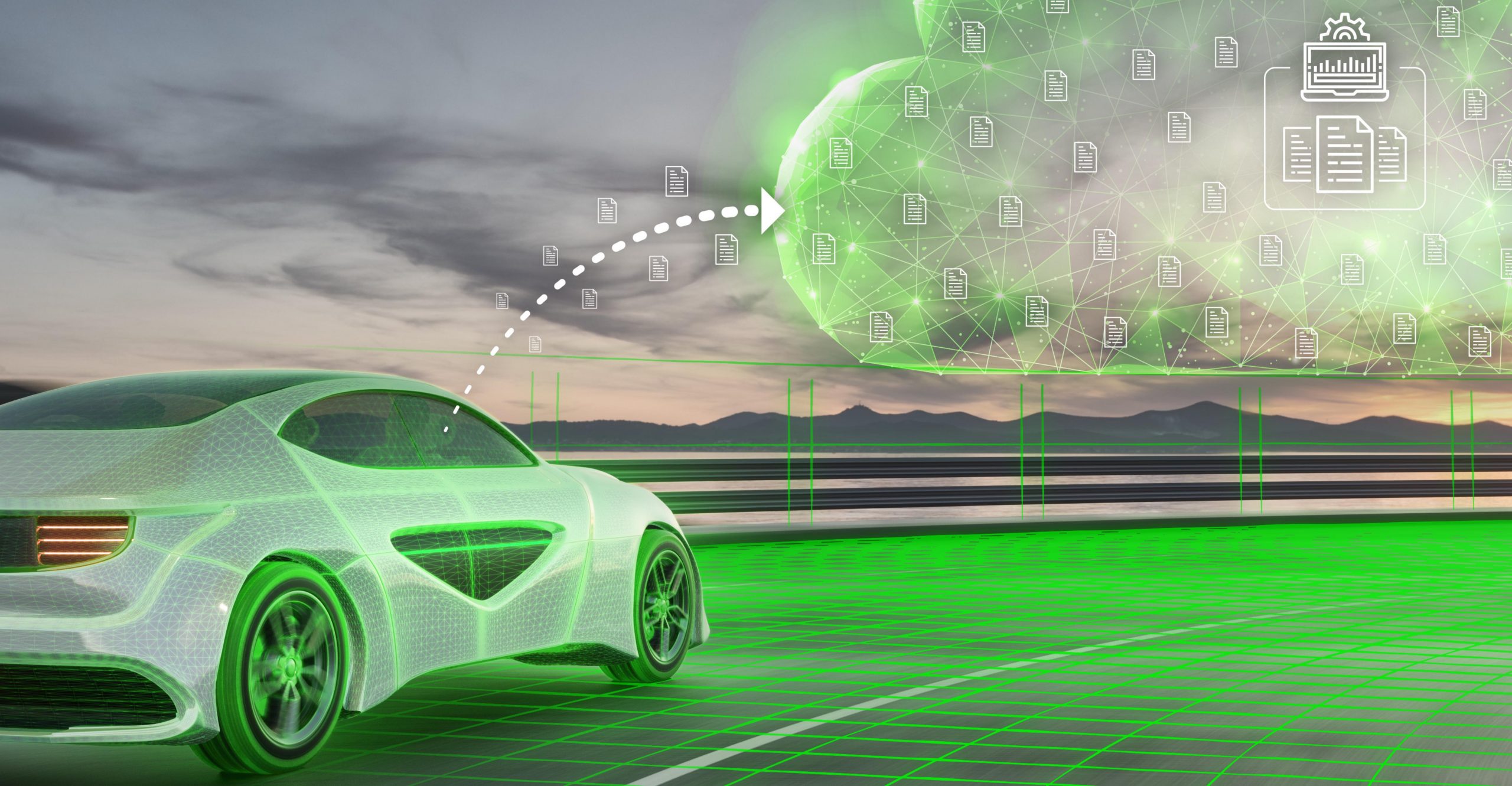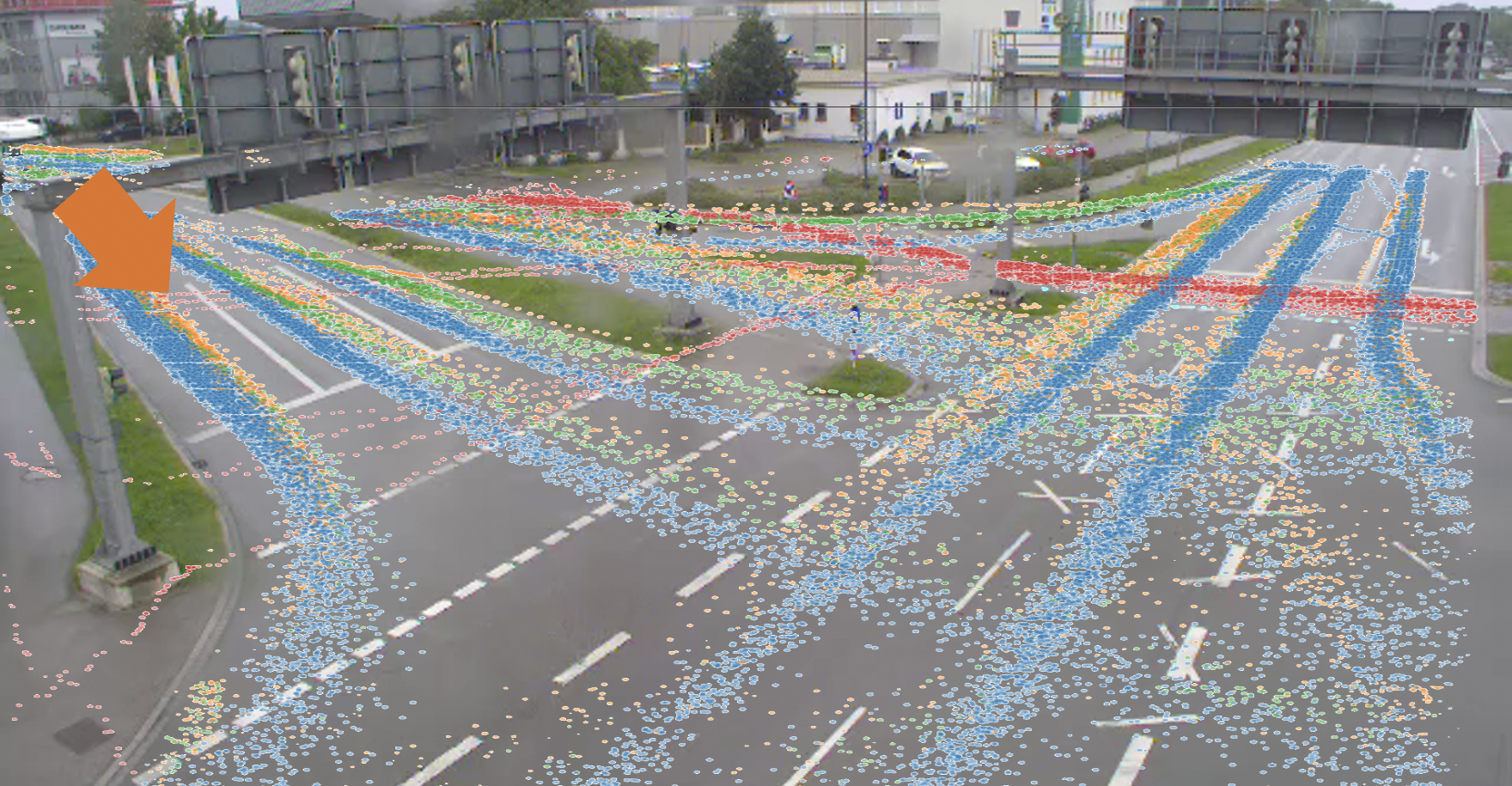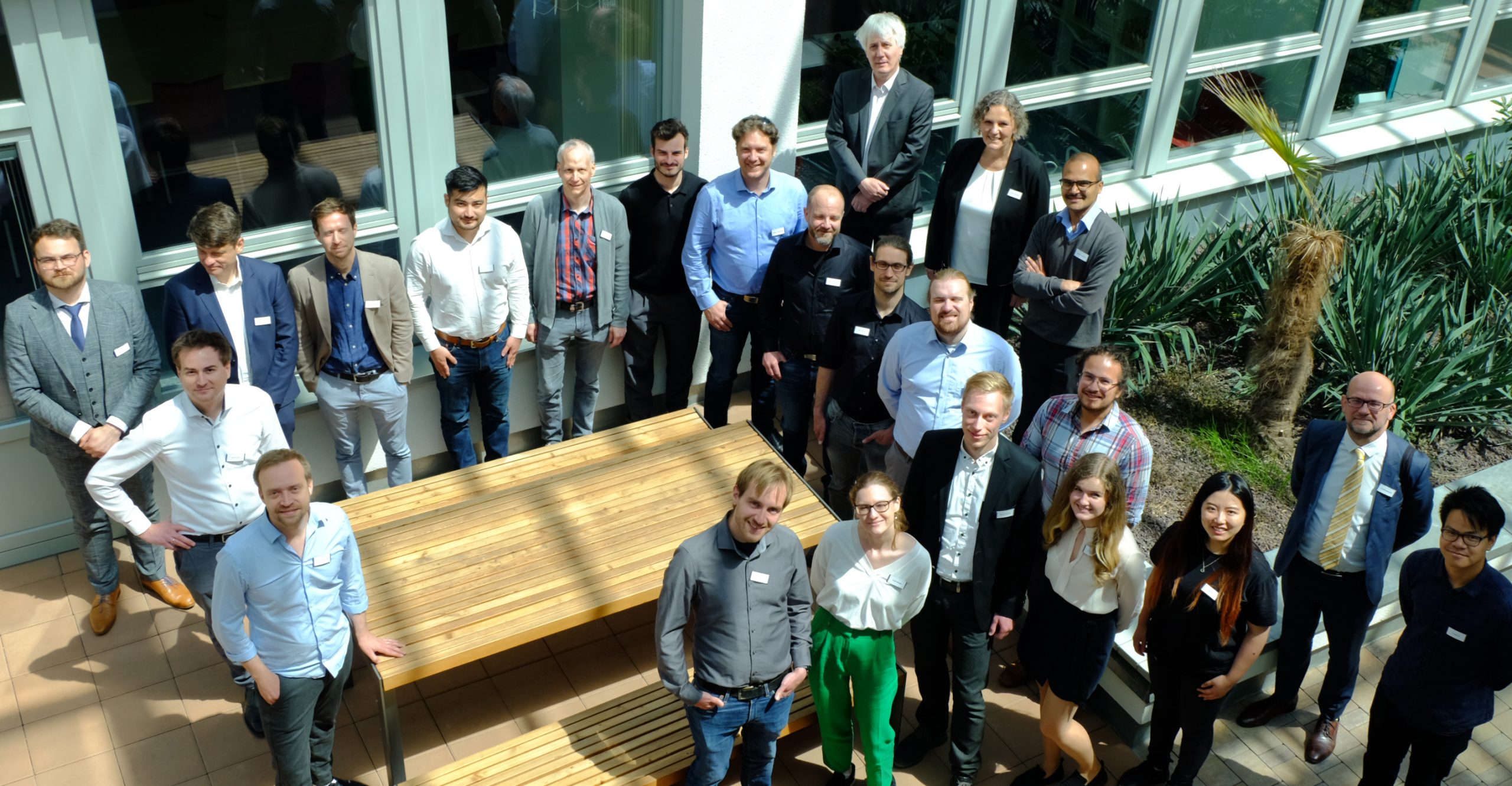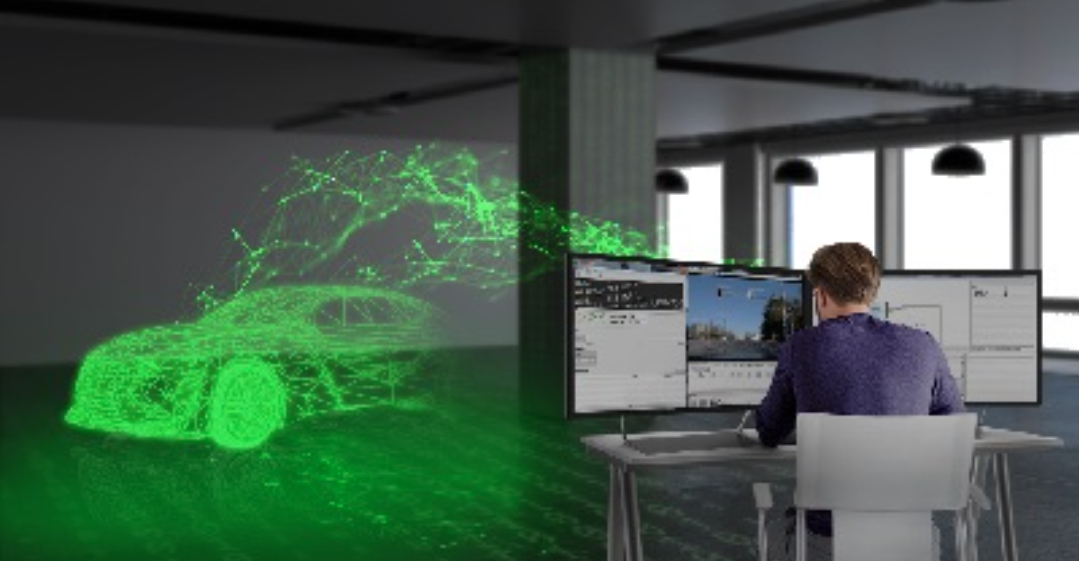
Elektrobit: Making research data available through Test Lab
Continental subsidiary and Providentia++ partner Elektrobit collects data from the test section on the A9 highway, making it possible to identify and analyze special scenarios such as tailgating, merging, and passing maneuvers. In addition, the data pool supports car manufacturers and Tier 1 suppliers in making the automated functions of their assistance systems safer. Simon Tiedemann of Elektrobit on how things currently stand.
Mr. Tiedemann, you are the product manager responsible for the Test Lab at Elektrobit. Tell us about it.
Our Test Lab is a tool for managing large amounts of data. In the framework of the Providentia++ research project, we are testing how flexible the Test Lab is: whether it is capable of managing the continuously growing mountain of data. We record the stationary data from the sensor stations, analyze it, and make it available to the partners in the project for further use. In general, the EB Assist Test Lab is intended as a product for OEMs and Tier 1 suppliers to enable and simplify the management of their vehicle and sensor data. Large automotive suppliers can use the Test Lab via web front-end to train and improve their assistance systems. The cloud-based tool offers the ability both to manage data stored in the cloud and to access data stored on-premise.
As part of Providentia++, traffic is currently being observed on the A9, and this will soon be extended to the city as well. How do you process this data?
As a partner, we are docked to the Providentia++ infrastructure and receive data from the test section. We maintain 10-minute sequences in ROS (Robotic Operating System) format in our database. At the moment, we are looking at so-called tailgating events – traffic situations where one vehicle is driving very close to another. We use pre-filters for this. The algorithms specifically find those situations in which one vehicle follows another within one tenth of a second. Other aspects can also be taken into account, such as the weather and time of day. Do people tailgate especially often in the afternoon, after work, or on Fridays as they anticipate the weekend? Or does good weather make them more likely to do so? Do drivers behave appropriately in rain and fog? One challenge is that the location and time data of the vehicles and the sensor station must match very precisely.
What other scenarios are you interested in?
That depends on the use cases of the other project partners. Elektrobit provides the basic functionality, and the exact specification is then determined in coordination with the partners. We currently have over 700 hours of data material, divided into 10-minute sequences. A total of 24,000 converted scenes – that is, scenes synchronized by time and location – have been created and can be used by the partners. Many scenarios are possible in addition to the tailgating events, such as passing and merging maneuvers.
What makes the data you collect interesting to Providentia++ partners, OEMs, and suppliers?
There are two reasons: First, we help them manage data and thus make it usable, enabling them to analyze individual traffic situations, for example. Second, enormous amounts of data are also needed for the validation of systems for automated and autonomous driving. Test data such as that from the A9 highway can be incorporated here in the future. The challenge for autonomous driving is that the autonomous “driver” must demonstrably drive much more reliably and safely than a human driver. This is an important requirement for approval by lawmakers. Toyota has quantified the necessary kilometers to be test-driven at 14 billion. Of course, it’s not possible for them to drive that distance themselves. One solution is to optimize the data sets so that redundant scenes are avoided. This includes longer highway trips, for example. It is common practice these days to use simulators. Currently, a ratio of five percent “real” data to 95 percent simulated data is seen as reasonable. One thing is clear: The topic is far too big for any one company to undertake alone. That is why research projects or cooperative ventures in the automotive industry are indispensable, and experts from very different companies, from OEMs to suppliers to start-ups, must work together to achieve this goal.
FURTHER CURRENT TOPICS

Cognition Factory: Evaluate and visualize camera data
Since the beginning of research on the digital twin, AI specialist Cognition Factory GmbH has focused on processing camera data. In the meantime Dr. Claus Lenz has deployed a large-scale platform

Digital real-time twin of traffic: ready for series production
Expand the test track, deploy new sensors, decentralize software architecture, fuse sensor data for 24/7 operation of a real-time digital twin, and make data packets public: TU Munich has decisively advanced the Providentia++ research project.

Elektrobit: Coining Test Lab to stationary data
Elektrobit lays the foundation for Big Data evaluations of traffic data. Simon Tiedemann on the developments in P++.
